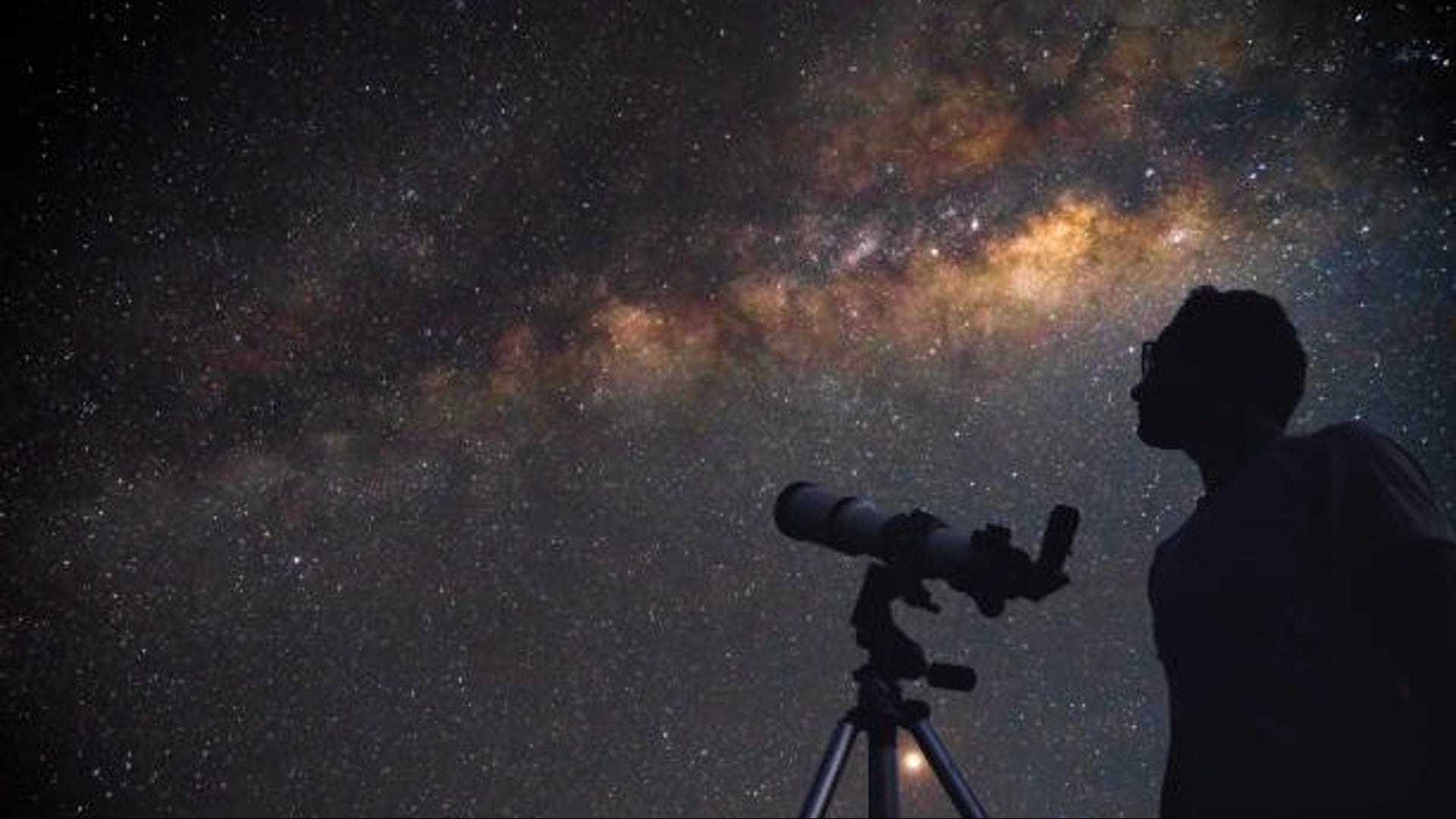Perseid meteor shower 2025: When is it and where can you see it?

The Perseid meteor shower is starting, and backyard astronomers will soon be able to catch a glimpse of the annual event.
The meteor shower starts on Thursday, July 17, and ends Saturday, August 23, according to the National Aeronautics and Space Administration (NASA).
"The Perseids, which peak in mid-August, are considered the best meteor shower of the year," according to NASA. "With swift and bright meteors, Perseids frequently leave long 'wakes' of light and color behind them as they streak through Earth's atmosphere."
The Perseid meteor shower is set to peak on the night of August 12 into the early morning of August 13.
What happens when the Perseids peak?
Usually, during its peak, there will be up to 50 to 75 meteors per hour under ideal conditions, according to the American Meteor Society.
The meteor shower is known to produce very bright meteors, often referred to as fireballs.
However, in 2025, the showers' peak will not meet these ideal conditions because the moon will be too bright, Robert Lunsford, the American Meteor Society's newsletter editor and fireball report coordinator, told Paste BN.
This year's peak will occur just three days after the full moon.
When is the best time to see the Perseids?
The best time to view the Perseids is between midnight and dawn, according to the society.
A good day to view them is Thursday, July 24. That's when the new moon is, according to the Farmers' Almanac. This will make the night skies darker and optimal for stargazing.
However, one of the best days to see the Perseids is on Wednesday, July 30, because two other meteor showers, alpha Capricornids and Southern delta Aquariids, will be happening at the same time, according to Lunsford.
"With the moon bothering the Perseids this year, the last couple of days of July might be a good opportunity to see some meteors without any moon," said Lunsford.
Where should you face to see the Perseids?
The meteors can appear from anywhere,
"Lie back, look up, and scan the entire sky," the American Meteor Society stated. "Meteors can appear in any part of the sky, though they will appear to radiate from the constellation Perseus, in the northeast."
But the moon's light could affect your chances of seeing a meteor.
"You should face away from the moon," said Lunsford.
Those hoping to see the shower should also do the following, according to the society:
- Find a dark location away from light pollution
- Give your eyes 20 to 30 minutes to adjust to the dark
- Avoid looking at phones or bright lights
For optimal comfort, dress appropriately for the weather, use bug spray, and bring a blanket or a reclining chair.
Do you need any equipment to see the meteor shower?
No, onlookers will not need any equipment to see the meteor shower, according to the society.
However, Lunsford said that those interested in purchasing equipment should steer clear of telescopes that cost less than $500 and recommends purchasing from Celestron.
He advises beginners to opt for a telescope with a lens instead of a mirror, and for those seeking a more affordable option, he recommends a pair of binoculars.
This story has been updated to add new information.
Julia is a trending reporter for Paste BN. Connect with her on LinkedIn,X, Instagram and TikTok: @juliamariegz, or email her at jgomez@gannett.com